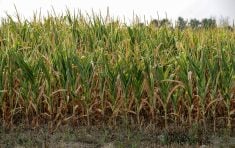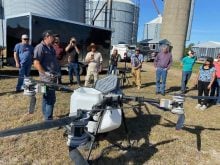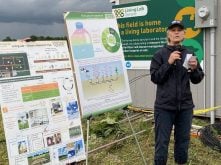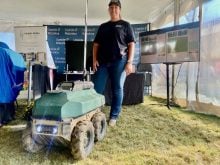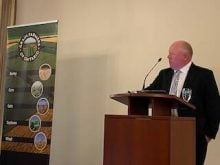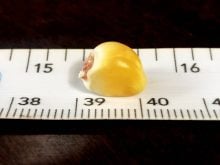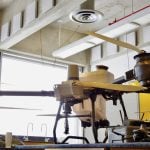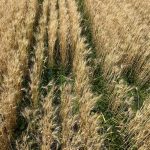Are you measuring corn growth stages properly?
During a June 23 visit to a Leamington-area test plot, Emma Epp, agronomist and owner of Epp Ag Solutions, reviewed the basics of corn growth stage measurement and early cob assessment.
Read Also
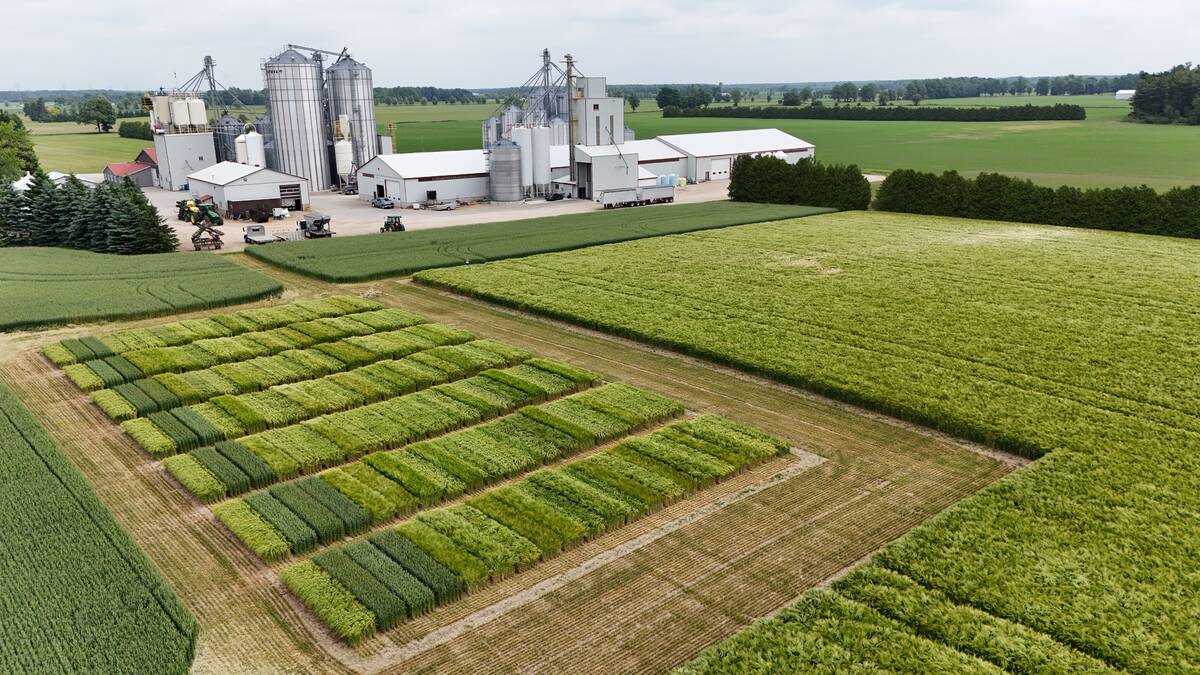
Winter cereals beyond wheat gaining traction
Winter cereals such other than wheat, such as barley, could provide better yield and rotation options for Ontario growers.
Why it matters: Accurately determining corn growth stage is important to ensure fertility and chemical applications are effective.
Growth stages can be measured two ways. First is the leaf-over method.
Epp says every “flopped over” leaf counts. Those remaining upright and pointed do not. Holding a seven- to eight-leaf stage corn plant, she highlighted the importance of remembering the small, bottom leaves, the first emerging pair near the stalk base.
“When we look at corn, sometimes these leaves fall off,” she says, noting they can be easy to miss as the plant enters the rapid V7 and V8 growth stage.
The collar method can also be used. It involves counting the number of leaves with visible leaf collars. Start with the short lowermost leaves and end with the uppermost leaf with a visible leaf collar, she advises.
Is one better than the other? Not really, though chemical companies tend to employ the former method.
“When you’re looking at the chemical label and SSD, if you can only spray until five leaf, you need to make sure you use the leaf over method. That’s one example,” says Epp.
A cob can be assessed even before it emerges from the corn stalk. In corn at the V7 to V8 stage of growth, vertically slicing the corn stalk should reveal a series of nodes. Starting from the brace roots, which should be starting to form, count upwards. The last node (number four, in Epp’s example) should be topped by the cob.
“At this stage the width around the corn cob is being determined, and then later on the length begins,” Epp says.
“We’re a little hot and dry in Essex County right now, but I think we timed things properly that the width should be pretty good. Now we just wait to see what the length is going to be. That should be determined by about 12 leaves.”





